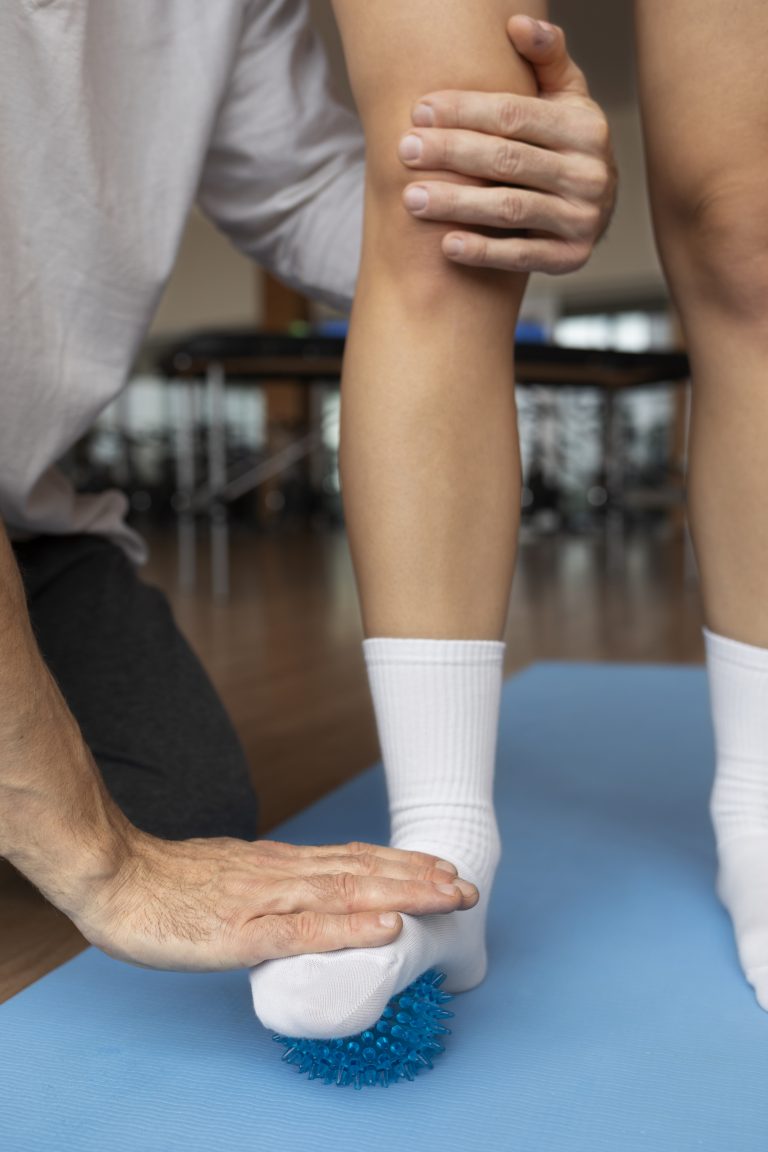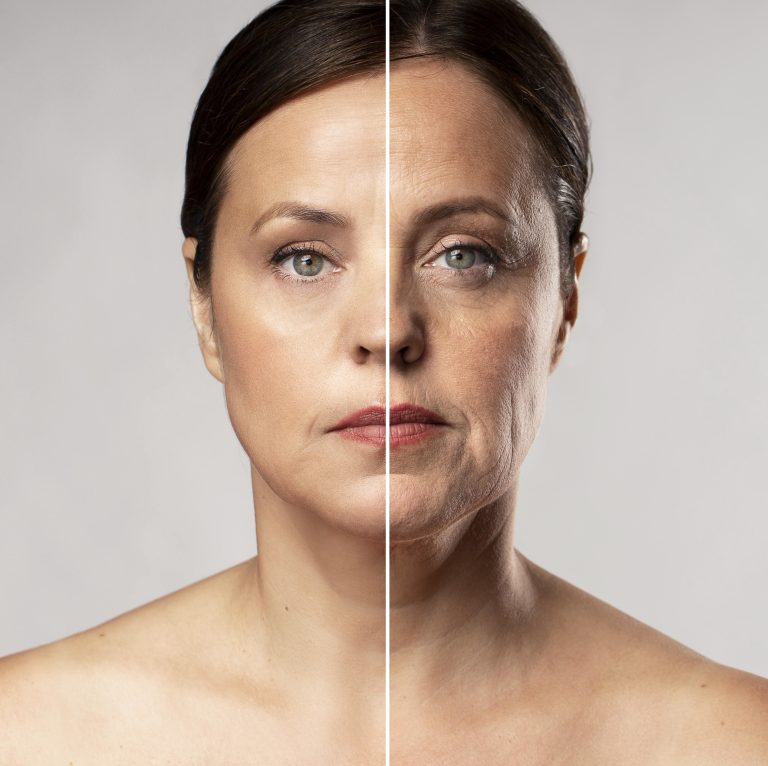Liposuction is one of the most demanded cosmetic surgery globally and is still in a rise in 2025 as well. According to different industry reports, 15%-20% of plastic surgeries performed globally represent liposuction, which is huge. Liposuction is renowned for its effectiveness in body contouring and fat removal, addressing both aesthetic and health-related concerns associated with excess fat.
But still, people wonder if liposuction is safe. The short answer is yes, but only when performed properly by an experienced, board-certified surgeon. As every surgery comes with risk, liposuction does have certain risks, recovery constraints, and long-term implications. So, it’s always better to understand whether liposuction is suitable and safe for you and how to take care of yourself after liposuction to avoid serious complications.
Over the past twenty years, Lydian Clinic has transformed the bodies of over 20,000 clients worldwide through advanced cosmetic procedures, including liposuction, under the leadership of renowned cosmetic surgeon Dr Abraham An.
In this blog, we’ll go through everything you need to know. We’ll explain how to ensure a safe liposuction procedure, outline both common and rare side effects, and provide essential steps to follow after the surgery for a smooth and safe recovery.
Contents
- 1 What is Liposuction?
- 2 Is Liposuction Safe?
- 3 Following post-operative instruction is key
- 4 Ready for Transformation? Choose Lydian Clinic for Safe Liposuction
What is Liposuction?
Liposuction is a cosmetic surgical procedure designed to remove excess fat deposits from specific body areas that don’t respond to diet and exercise properly. It is commonly performed on the abdomen, thighs, hips, arms, back, and under the chin.
There are several benefits of liposuction. Some of the key benefits are as follows:
1. Improved Body Shape and Contour: Liposuction helps remove excess fat deposits, resulting in a more balanced and proportionate body silhouette. It helps sculpt areas that don’t respond to diet and exercise.
2. Long-lasting Results: The fat removed during liposuction is permanently eliminated. The sculpted body results can last as long as you maintain healthy diets and stable weight.
3. Targeted Fat Reduction: Unlike general weight loss, liposuction allows for precise fat removal from specific areas, giving patients more control over their appearance.
4. Boost in Confidence: A more toned and sculpted body often improves self-esteem and body image.
5. Better Fit in Clothes: Many people find their clothes fit more comfortably and look better after liposuction.
Is Liposuction Safe?
Every surgery comes with some risk, and so does liposuction. Liposuction is considered safe when performed by a board-certified cosmetic surgeon in an accredited medical facility. With the advancement in surgical techniques and technology, liposuction’s safety and effectiveness have improved greatly, reducing the risk of complications. A meta-analysis published on PubMed supports this, showing that liposuction has a low complication rate when performed correctly on suitable candidates.
How Can You Ensure Liposuction Is Safe for You?
It’s important to consider several crucial steps before undergoing liposuction to ensure that it is as safe as possible and that you achieve the best results.
Here’s a more detailed guide to help you ensure safety and maximize liposuction results:
- Select a Qualified and Experienced Surgeon: Always consider a board-certified cosmetic surgeon with good experience in liposuction procedures. Go through the surgeon’s credentials, patient reviews, and before-and-after liposuction photos of previous patients to get an idea of their skill level and results.
- Verify the Facility’s Accreditation: Ensure the lipo procedure that you are planning to get done is carried out in an accredited surgical center or hospital. Accredited facilities follow strict safety protocols and are equipped with advanced medical equipment to handle any emergencies during surgery. An accredited liposuction center also ensures that the staff is trained and experienced in maintaining patient safety.
- Be Open About Your Health Conditions or History: It’s crucial to disclose any medical conditions or past health issues to your surgeon during your consultation. Whether it’s heart disease, diabetes, or any other underlying health issue, being transparent helps the surgeon assess whether you’re a suitable candidate for liposuction. Dr. Abraham An highlights that specific conditions can raise the risks involved in the procedure. As such, full disclosure is essential, enabling the surgeon to implement appropriate precautions or, if needed, recommend against proceeding with surgery.
- Ask Thorough Questions During Your Consultation: Make sure to discuss all aspects of the procedure with your surgeon. Ask the surgeon in detail about the specific liposuction technique they plan to use, such as tumescent, laser-assisted, or ultrasound-assisted liposuction, and how it will affect your recovery. Understand the type of anesthesia to be used, local or general, and the potential risks involved. Be clear about the recovery process, including downtime, pain management, and post-surgery care.
- Follow Pre-Operative Guidelines: To reduce the risks of complications during surgery, follow all pre-operative instructions given by your surgeon. This may include avoiding smoking for several weeks before the procedure, as smoking can impair healing and increase the risk of infection. You may also be instructed to avoid certain medications, which can increase the risk of bleeding during the procedure. Additionally, follow any fasting or eating guidelines before surgery.
- Plan for Your Recovery: Recovery is an essential part of the liposuction process. Make arrangements for someone to drive you home after the procedure, as you may still be feeling the effects of anesthesia. Having someone assist you during the first few days of recovery is also a good idea, especially regarding basic tasks such as moving around or dressing and personal care. Dr Abraham An advises to prepare for a few weeks of rest and ensure you have the proper post-surgical supplies, such as compression garments, medications, and aftercare instructions from your surgeon.
By following the tips above, you can help ensure the procedure is safe. However, it’s also important to be aware of common side effects after liposuction.
What Are the Common Side Effects After Liposuction?
While advanced liposuction is safer than ever, patients should still be aware of the potential risks. Below are the most common side effects after liposuction, most of which are temporary and part of the normal healing process:
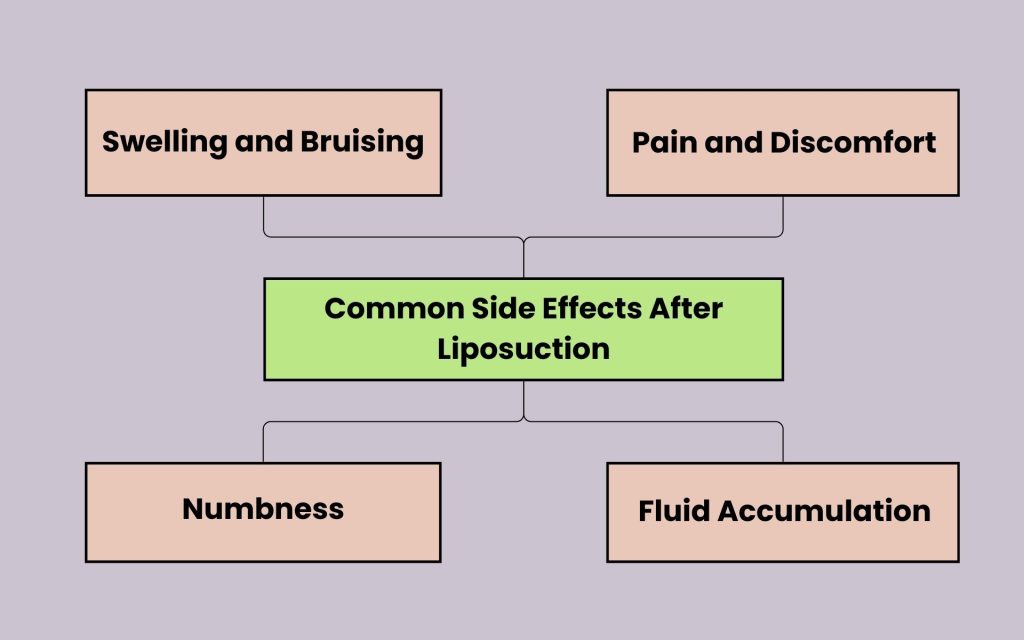
1. Swelling and Bruising
Swelling and bruising after liposuction are common due to the mechanical removal of fat and insertion of the cannula. This is most noticeable in the first few days following the procedure and can last for several weeks.
Bruising happens when tiny blood vessels are broken and can appear around the area where the surgery was done. Bruises can turn different colors as they heal, usually disappearing in a few weeks. Both swelling and bruising are temporary and part of the healing process.
2. Pain and Discomfort
You may feel soreness or tenderness in the treated areas. This usually improves within a few days to a week. Your surgeon can prescribe medication to help manage any discomfort during recovery.
3. Numbness
You may experience temporary loss of sensation in the treated areas, and this is normal. This usually improves over time, but it can take weeks or even months to regain normal sensation.
4. Fluid Accumulation
Fluid Accumulation(Seroma) is a fluid cavity that may form under the skin following liposuction. If not addressed, it can cause discomfort and prolong healing.
Most fluid accumulations resolve naturally, but larger ones may require drainage with the help of a surgeon. Wearing compression garments and following your surgeon’s movement guidelines help prevent this issue.
What Are the Rare Side Effects After Liposuction?
While swelling, bruising, pain, numbness, and fluid accumulation are common side effects after liposuction, they can become serious if they are excessive or intolerable. Some of the rare side effects after liposuction that can arise include:
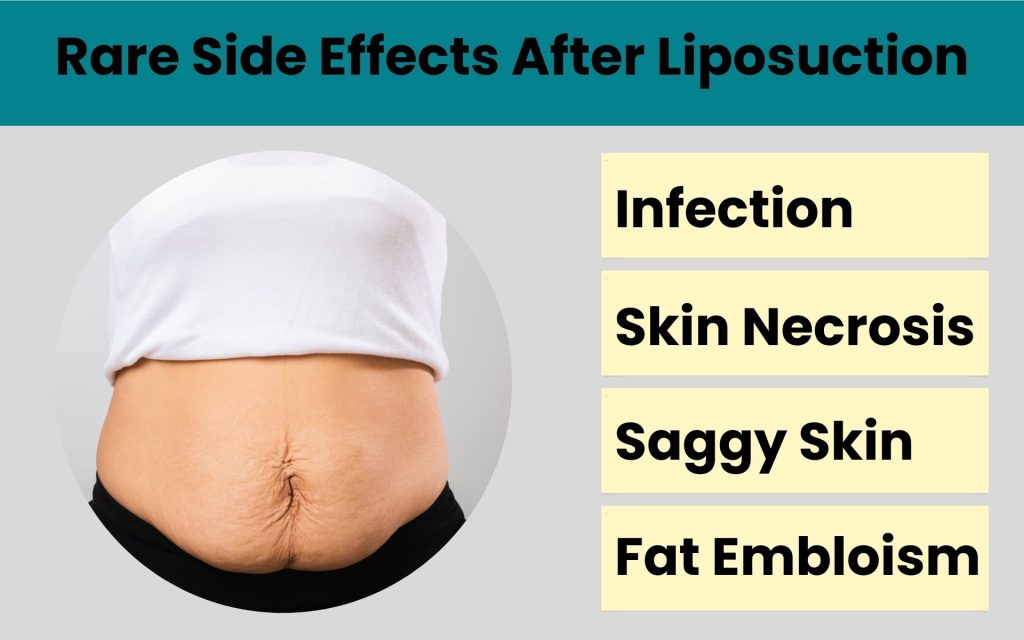
1. Infection
Although rare, infections can occur and may lead to serious complications. During liposuction, a small incision is made to insert a cannula, which can allow bacteria to enter the incision site either during the procedure or if proper post-operative care is not followed.
Signs of infections after liposuction include fever, redness, pus discharge, and intense pain. If untreated, infections can result in severe complications like sepsis.
2. Skin Necrosis
Skin necrosis is a rare but serious complication of liposuction, where the skin tissue dies due to reduced blood supply. It typically occurs when aggressive fat removal or incorrect cannula placement damages the blood vessels beneath the skin. This is more likely if suctioning is done too close to the dermis or in large volumes. Necrotic skin may appear dark brown, black, or purple, often accompanied by blisters, foul odor, or scabbing.
Chronic smokers are at significantly higher risk, as nicotine restricts blood flow and impairs tissue healing. Skin necrosis may also lead to secondary issues such as infections, delayed wound healing, or even tissue graft requirements. In severe cases, surgical intervention is needed to remove the damaged skin and minimize long-term scarring or structural deformities.
Prevention and post-op care are essential in reducing risk. Patients are advised to avoid pressure on treated areas, wear prescribed compression garments, and monitor skin tone and sensation closely. When performed by a skilled, board-certified surgeon with careful technique and follow-up care, the incidence of skin necrosis is extremely low.
3. Saggy Skin
Saggy Skin issue after liposuction can arise in patients with large volumes of fat removed or with poor skin elasticity. Once the fat is suctioned out, the skin must retract to fit the body’s new contours. However, in certain cases where the skin has lost its natural elasticity—due to aging, genetics, weight fluctuations, or sun damage—it may not tighten effectively, leading to loose or hanging skin in the treated areas.
To address or prevent sagging, surgeons may recommend combining liposuction with a skin-tightening procedure, such as a tummy tuck, arm lift, or ultrasound therapy. Maintaining a stable weight and staying hydrated post-surgery also supports skin recovery. Ultimately, working with an experienced plastic surgeon helps ensure proper treatment planning and reduces the likelihood of unsatisfactory skin retraction.
4. Fat embolism
Fat embolism is a serious complication that can occur after liposuction, although it is relatively rare. It occurs when fat particles enter the bloodstream and travel to the lungs, heart, or brain, blocking blood flow. This can lead to symptoms like difficulty breathing, chest pain, confusion, or loss of consciousness. A fat embolism requires immediate medical treatment.
Signs of fat embolism after liposuction include respiratory distress, neurological symptoms, and a petechial rash. These symptoms can develop rapidly, often within 24 to 72 hours after surgery
Following post-operative instruction is key
It is necessary to follow post-operative instructions to minimize common side effects and to ensure a smooth recovery after liposuction. Strictly adhering to these guidelines can also significantly reduce the risk of rare complications.
Some of the key instructions from the surgeon may include the following:
- Wear Compression Garments: Compression garments after liposuction play a crucial role in reducing swelling, supporting the treated areas, and promoting optimal skin tightening for a smoother, more refined contour.
- Lymphatic Massage: Gentle lymphatic massage helps reduce swelling, enhance circulation, and accelerate healing, contributing to a smoother recovery process.
- Stay Hydrated: Drinking plenty of water helps flush toxins and reduce swelling.
- Eat a Balanced Diet: A healthy diet rich in vitamins and minerals supports healing and overall recovery.
- Follow Hygiene Guidelines: Keeping the treated areas clean and following wound care instructions helps prevent infections.
- Take Medications as Prescribed: Follow your surgeon’s instructions for pain medication and antibiotics to manage pain and prevent infection.
- Rest and Avoid Strenuous Activities: In the early recovery phase, give your body enough time to heal by resting and avoiding physical strain.
- Maintain Healthy Habits: Avoid smoking and limit alcohol to support faster healing.
- Attend Follow-up Appointments: Keep all scheduled follow-up appointments with your surgeon to monitor progress and address concerns.
Ready for Transformation? Choose Lydian Clinic for Safe Liposuction

Liposuction can reshape your body and boost your confidence when performed by a qualified surgeon in a certified facility. While, like any surgery, it comes with some risks, being honest about your health, following pre-operative and post-operative instructions, and selecting the right clinic can significantly minimize complications.
If you’re considering liposuction, consult a trusted expert like Dr. Abraham An at Lydian Clinic to determine if it’s the right choice. You can achieve stunning results and a smooth recovery with the right approach.
At Lydian Clinic in South Korea, we combine over 20 years of expertise with cutting-edge facilities. Led by Dr. An, who has performed over 20,000 procedures, we deliver exceptional, natural results. Our advanced techniques precisely target stubborn fat, sculpting your body with enhanced muscle definition and faster recovery.
We provide personalized care, including private rooms for international patients, and offer transparent pricing—no hidden costs. Choose Lydian Clinic for a safe, successful liposuction experience.
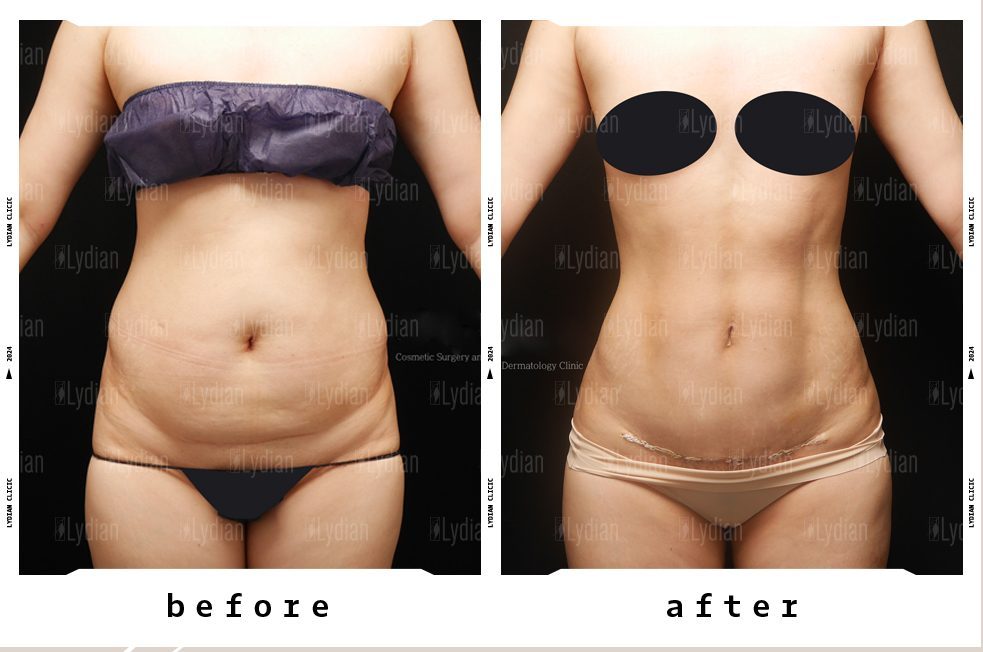

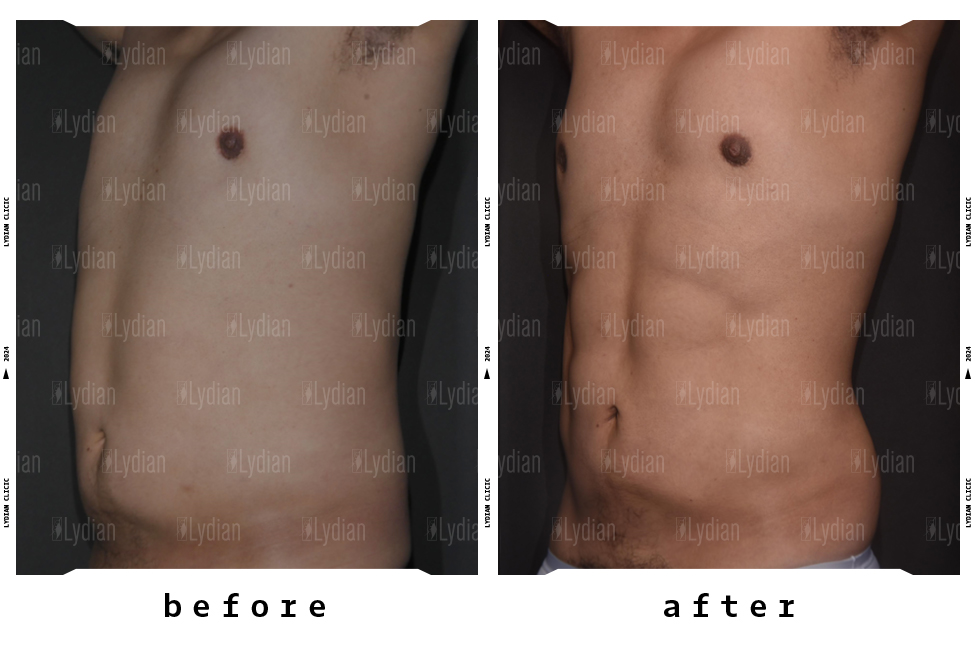
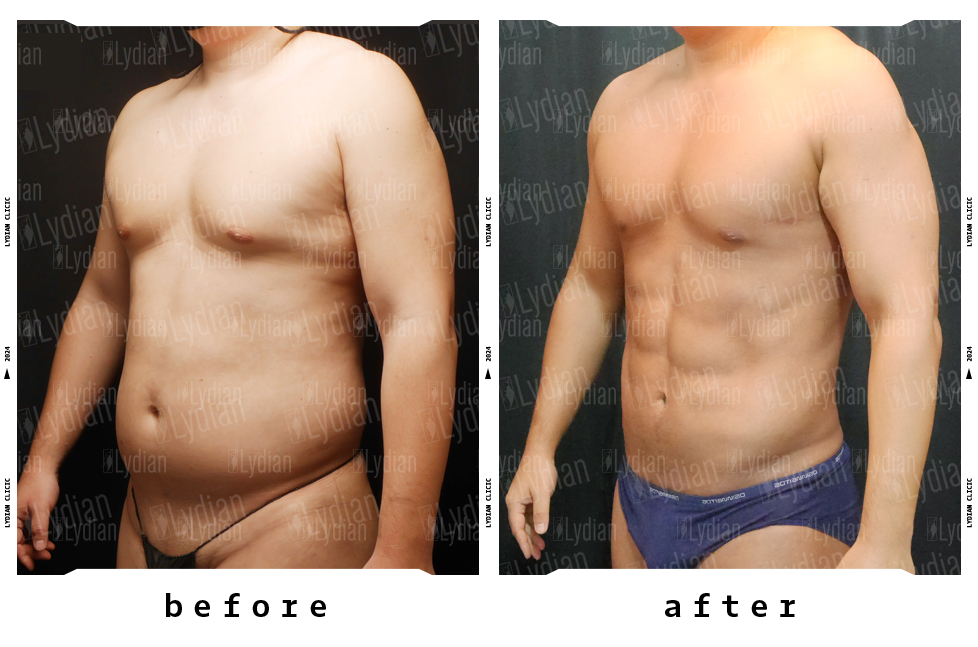










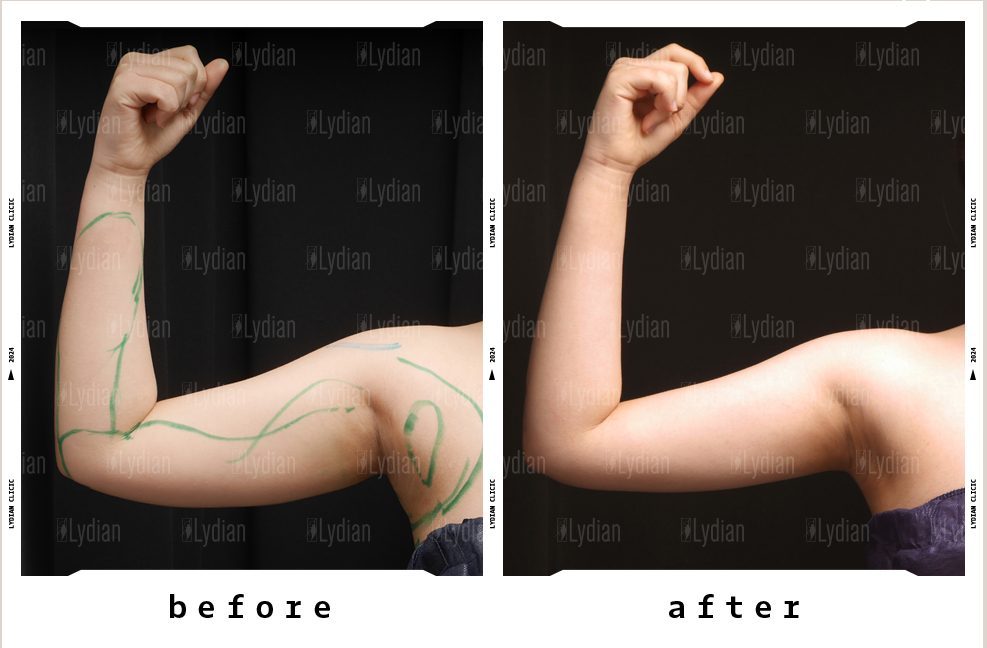
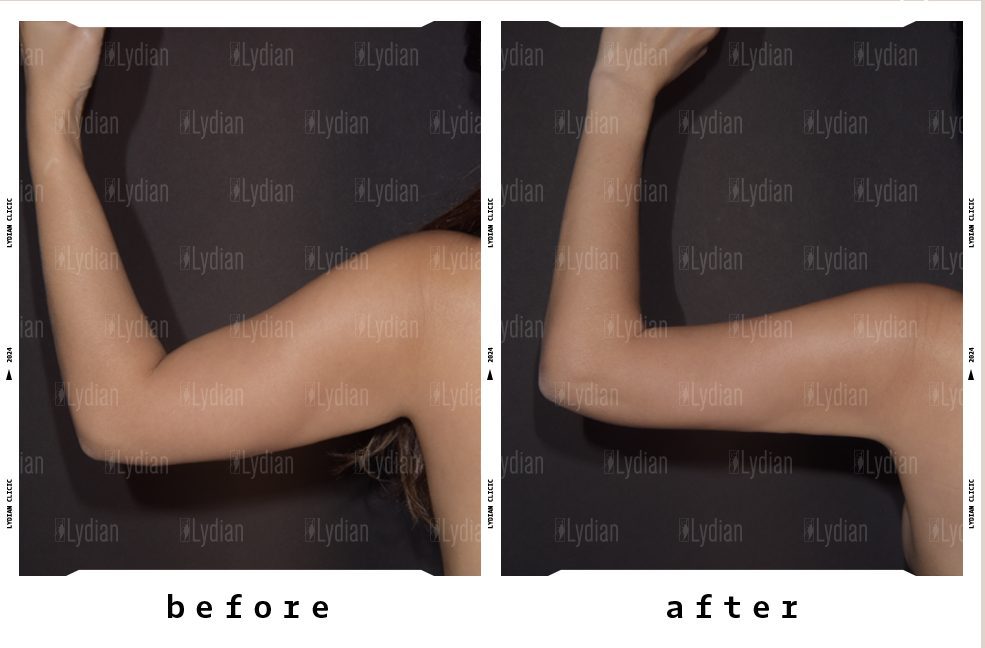
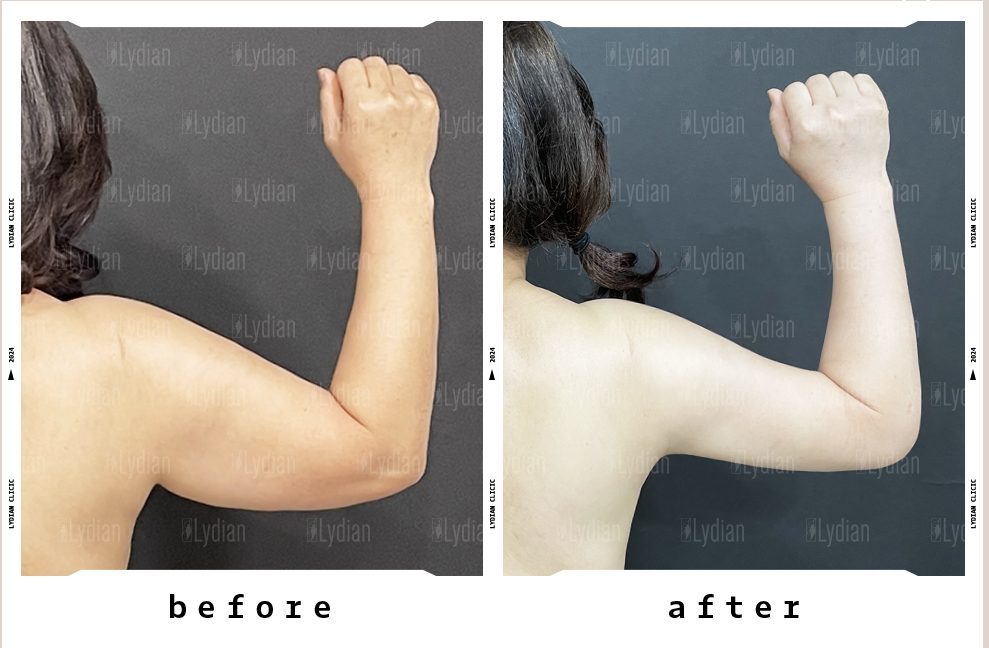

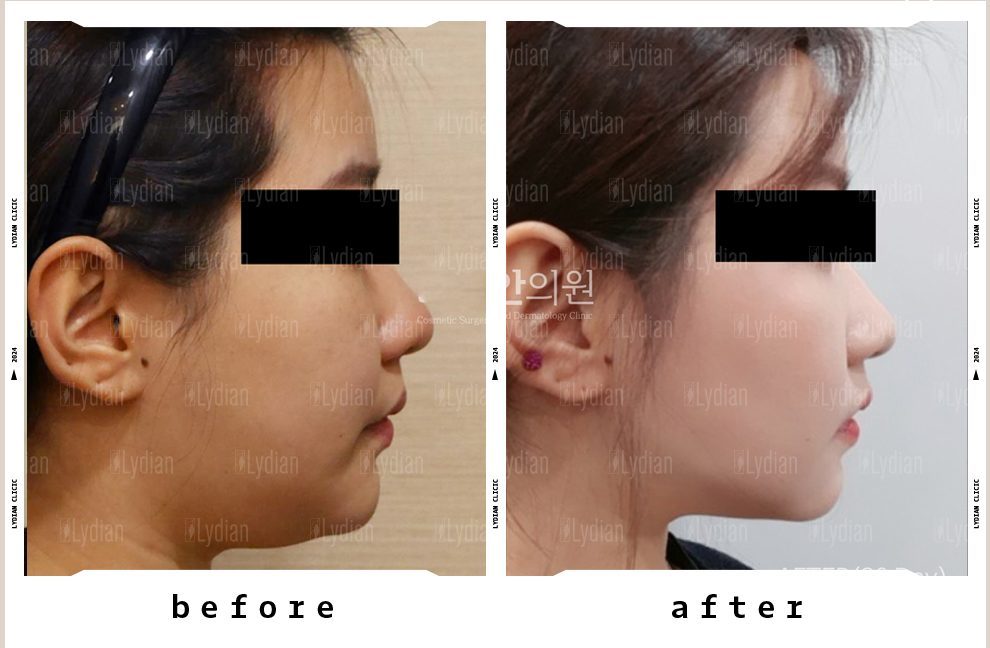

 English
English 日本語
日本語 中文网站(繁体)
中文网站(繁体) Русский
Русский Bahasa Indonesia
Bahasa Indonesia ภาษาไทย
ภาษาไทย Tiếng Việt
Tiếng Việt 대한민국
대한민국


